This Old Sink... made of concrete?
phillyvictorian
16 years ago
Featured Answer
Comments (23)
hendricus
16 years agolast modified: 9 years agolazypup
16 years agolast modified: 9 years agoRelated Professionals
Millbury Handyman · Beachwood Kitchen & Bathroom Remodelers · Auburn Kitchen & Bathroom Remodelers · Durham Kitchen & Bathroom Remodelers · Fort Washington Kitchen & Bathroom Remodelers · Linton Hall Kitchen & Bathroom Remodelers · Lynn Haven Kitchen & Bathroom Remodelers · Portage Kitchen & Bathroom Remodelers · Roselle Kitchen & Bathroom Remodelers · San Juan Capistrano Kitchen & Bathroom Remodelers · Skokie Kitchen & Bathroom Remodelers · Terrell Kitchen & Bathroom Remodelers · Warren Kitchen & Bathroom Remodelers · Ridgefield Park Kitchen & Bathroom Remodelers · Paradise Kitchen & Bath Fixtureshomebound
16 years agolast modified: 9 years agocoolvt
16 years agolast modified: 9 years agolazypup
16 years agolast modified: 9 years agohcw2020
15 years agolast modified: 9 years agolazypup
15 years agolast modified: 9 years agoaiallega
15 years agolast modified: 9 years agojoelbuckley
15 years agolast modified: 9 years agoheimert
15 years agolast modified: 9 years agobexpillow_hotmail_com
13 years agolast modified: 9 years agobrickeyee
13 years agolast modified: 9 years agohomebound
13 years agolast modified: 9 years agoadvertguy2
13 years agolast modified: 9 years agoDarceegoodman_hotmail_com
13 years agolast modified: 9 years agoseattlecraftsman
13 years agolast modified: 9 years agoionized_gw
13 years agolast modified: 9 years agokwsugarwitch_aol_com
12 years agolast modified: 9 years agoQuestseekerharry
12 years agolast modified: 9 years agoHU-716961766
last yearteebyrd
last yearKate
last year
Related Stories

HOUZZ TVHouzz TV: See a Funky Beach Home Made From Old Streetcars
A bold color palette zaps life into a Santa Cruz, California, home built out of two streetcars from the early 1920s
Full Story
TINY HOUSESHouzz Tour: A Custom-Made Tiny House for Skiing and Hiking
Ethan Waldman quit his job, left his large house and spent $42,000 to build a 200-square-foot home that costs him $100 a month to live in
Full Story
KITCHEN DESIGN15 Farmhouse Kitchens That Made Us Swoon This Month
Raw wood, natural light, shiplap siding — we just couldn’t get enough of these farmhouse-style kitchens uploaded to Houzz in January
Full Story
DECORATING GUIDES6 Cost-Effective Ways to Go Custom Made
Get a look that’s totally you — and possibly for a lower cost than you might think
Full Story
GREEN BUILDINGHouzz Tour: An Innovative Home Shows What It’s Made Of
Homeowners design their Washington, D.C., residence with sustainability in mind and to accommodate them as they get older
Full Story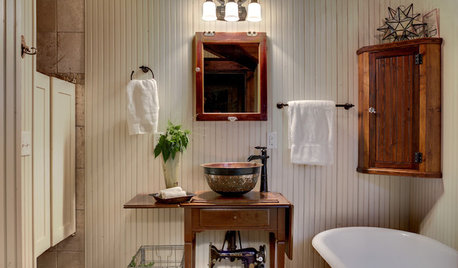
VINTAGE STYLEAntique Sewing Machines: Tailor Made for Nostalgic Decor
In full-on vintage rooms or contrasting modern looks, old sewing machines and tables are stirring up the past in a most stylish way
Full Story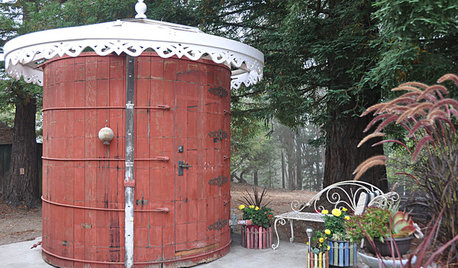
OUTBUILDINGSSee an Outdoor Bathroom Made From a Water Tank
This repurposed fixture in a California backyard is now the owners' favorite bathing spot
Full Story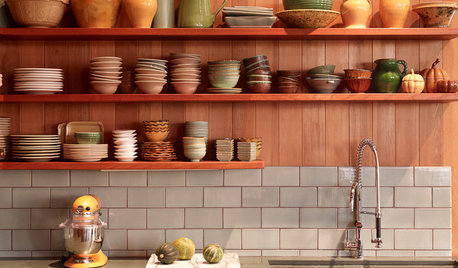
LIFETell Us: What Made You Fall for Your Kitchen?
Show the heart of your home some love for Valentine’s Day
Full Story
DECORATING GUIDESThe Dumbest Decorating Decisions I’ve Ever Made
Caution: Do not try these at home
Full StorySponsored
Central Ohio's Trusted Home Remodeler Specializing in Kitchens & Baths
More Discussions






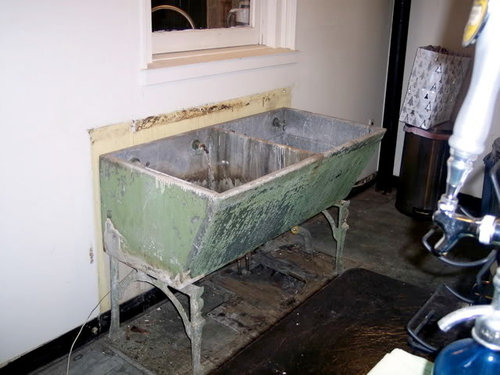
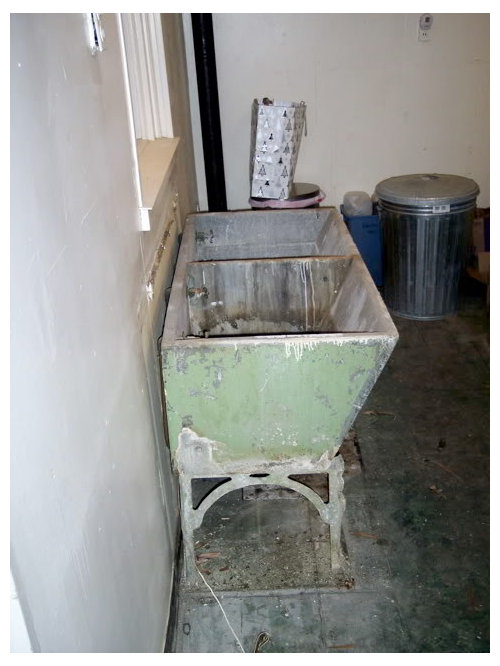
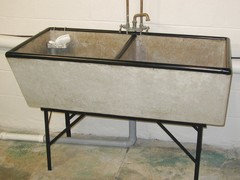


dweden_comcast_net